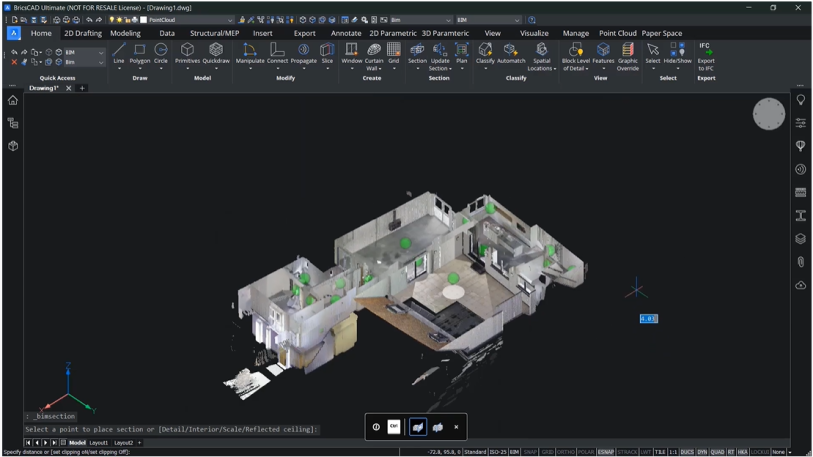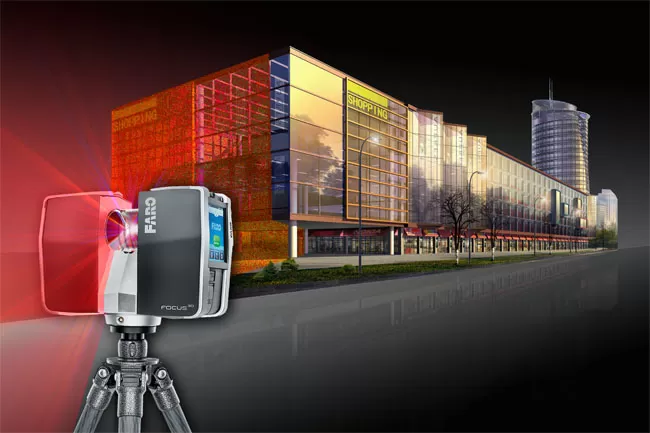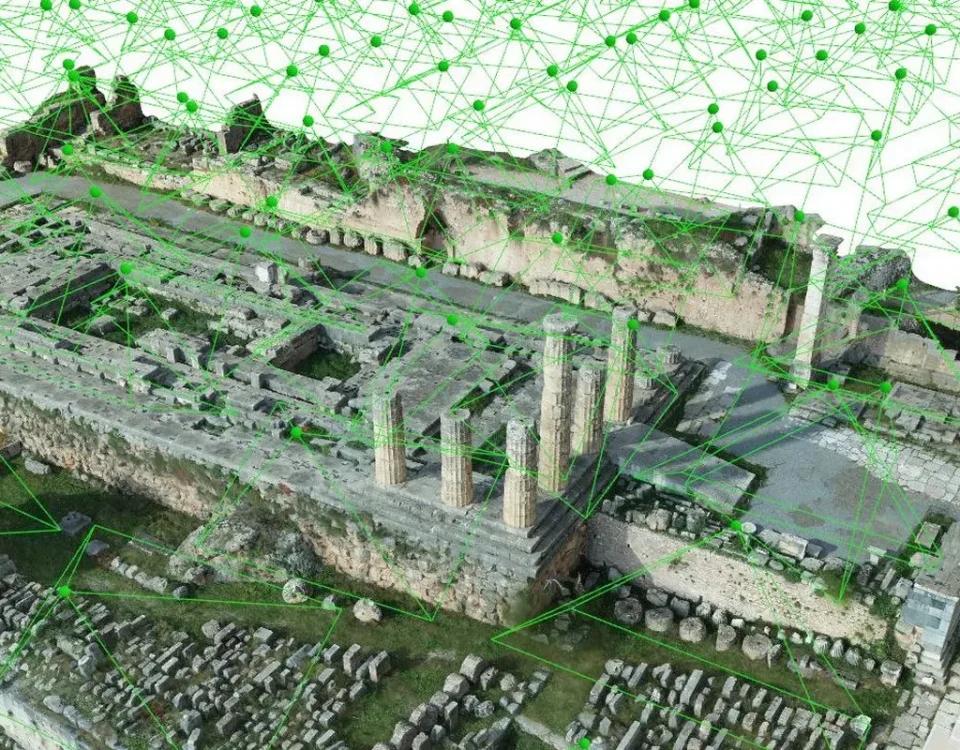Building Information Modeling (BIM) scans have revolutionized the construction and engineering industries. Offering a powerful tool for project planning, design, construction, and maintenance. BIM scans, also known as laser scanning or 3D scanning, provide accurate and detailed representations of physical spaces and structures. They have become indispensable in a variety of real-world applications. In this blog, we’ll explore some specific projects where BIM scans played a pivotal role in achieving success.
Historical Preservation: The Louvre Pyramid
The iconic Louvre Pyramid in Paris, designed by architect I. M. Pei, is a world-famous symbol of art and history. When the museum decided to renovate and modernize its entrance area, BIM scans were instrumental in capturing the intricate details of the original structure. These scans provided a precise 3D model that allowed architects and engineers to design the new additions. While ensuring they seamlessly integrated with the historic pyramid.
BIM scans allowed for accurate measurements, preservation of the original design, and a streamlined construction process. As a result, the Louvre Pyramid renovation is a testament to how technology can blend seamlessly with history.

Infrastructure Revamp: The San Francisco-Oakland Bay Bridge
The seismic retrofit and reconstruction of the San Francisco-Oakland Bay Bridge presented a complex challenge due to its size, unique design, and the need to minimize disruption to traffic. BIM scans were used to assess the existing bridge structure, identifying areas in need of repair or replacement.
These scans helped engineers to create an accurate 3D model of the bridge and develop plans for the retrofit and reconstruction. BIM scans were essential in planning the project in detail, ensuring safety, minimizing delays, and reducing costs.
Hospital Design: Royal Children’s Hospital, Melbourne
Healthcare facility design requires precision to ensure efficient operations and patient care. The Royal Children’s Hospital in Melbourne, Australia, employed BIM scans to optimize the layout and design. Scans were taken of existing facilities, providing a detailed 3D model for architects to work with.
This allowed them to create a design that minimized travel distances for staff, enhanced patient care, and ensured the efficient flow of materials and information within the hospital. BIM scans proved invaluable in planning a state-of-the-art healthcare facility that prioritizes patient outcomes.
Restoration: Notre-Dame Cathedral
The devastating fire at Notre-Dame Cathedral in Paris in 2019 sparked an urgent need for a meticulous restoration effort. BIM scans were used to create a detailed 3D model of the cathedral. Allowing experts to assess the damage accurately and plan the restoration.
These scans provided an invaluable reference for architects and craftsmen working on the project. Ensuring that the cathedral’s unique features and historical significance were preserved. In addition, BIM scans have been instrumental in this ongoing restoration effort, preserving a piece of cultural heritage.
Complex Plant Design: The Gorgon LNG Project
Large industrial projects, such as the Gorgon LNG Project in Australia, require careful planning and coordination. BIM scans were used to create detailed 3D models of the project site, allowing engineers to visualize the layout and placement of intricate pipelines, processing plants, and facilities.
These scans improved project efficiency, reduced rework, and ensured the safe and cost-effective construction of a massive liquefied natural gas (LNG) facility.
Conclusion
These case studies demonstrate the wide-reaching and transformative impact of BIM scans in real-life applications. From historical preservation to modern infrastructure development, healthcare facilities, restoration projects, and complex industrial endeavors, BIM scans have become indispensable tools for architects, engineers, and construction professionals. Their ability to create precise 3D representations of physical spaces and structures streamlines project planning, enhances accuracy, and ultimately contributes to the successful completion of projects across various sectors. Finally, as technology continues to advance, the role of BIM scans in achieving success in diverse applications will only become more significant.




